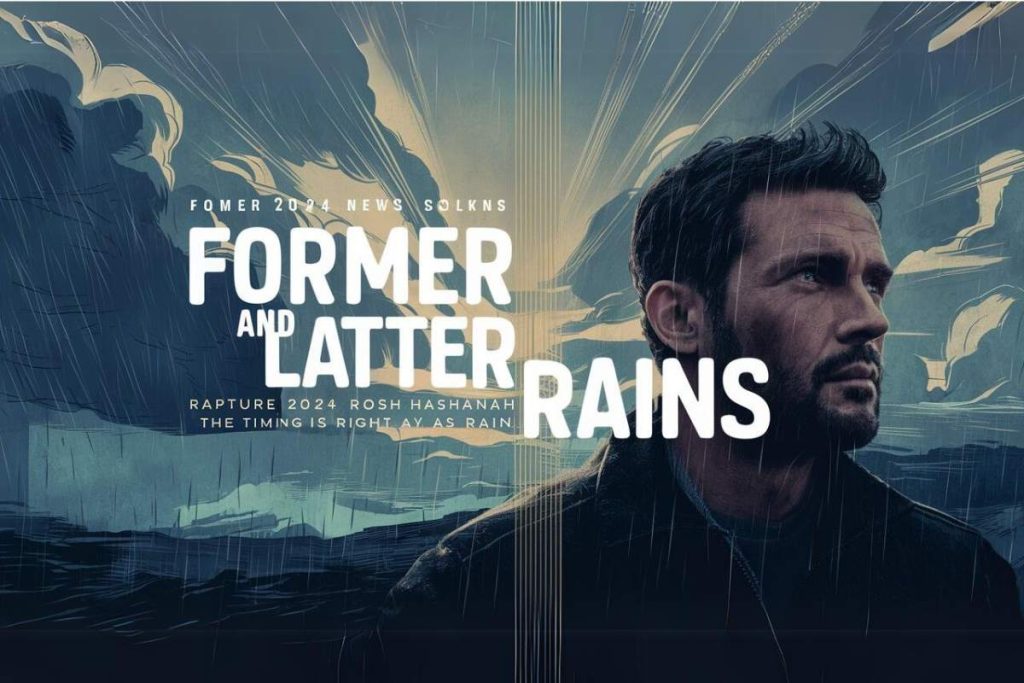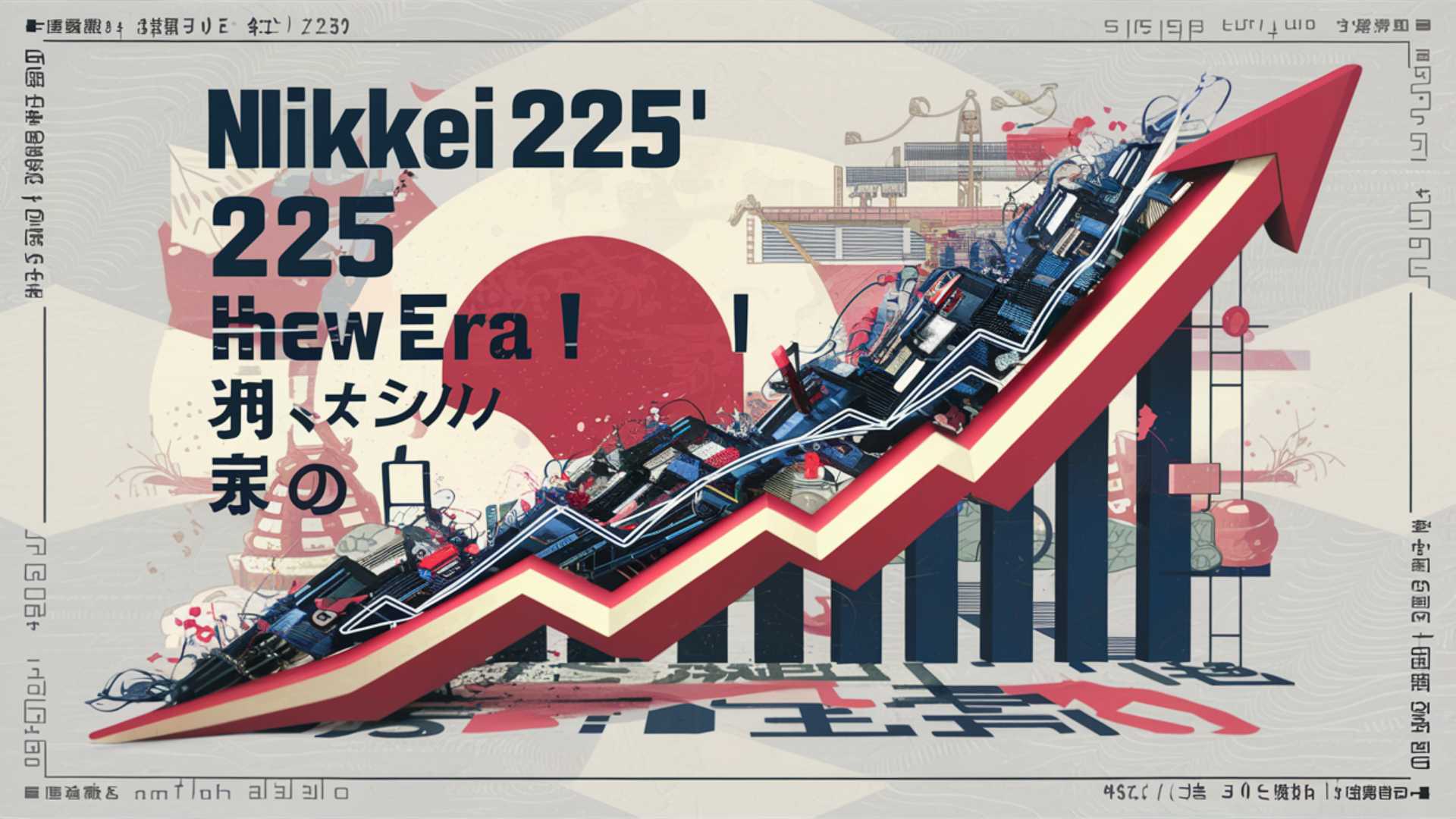Rapture 2024: The concept of the “former” and “latter rains” holds significant meaning in biblical teachings, particularly when understanding the spiritual seasons in ancient Israel. These rains are more than mere weather phenomena—they represent the timely blessings and purposes of God in the lives of His people.
the Rainfall Patterns
In Israel, the seasons bring notable shifts in rainfall. The summer remains predominantly dry, whereas the winter witnesses the heaviest rains in December and January. However, agricultural activities rely not only on the heaviest rains but also on the “former rains” in spring and “latter rains” in fall. The latter rains prepare the soil for planting and harvest, connecting agricultural growth to divine providence.
The Former and Latter Rains in Scripture
Scripture repeatedly highlights the spiritual implications of these rain seasons. In the book of James 5:7, the farmer waits patiently for the “precious fruit of the earth” as it receives the early and latter rains. This metaphor connects the rains to the spiritual harvest of believers, awaiting the coming of the Lord. Similarly, the prophet Hosea (6:1-3) invites the people to return to God, who will restore them like the latter rains, bringing them to fruitful life.
Joel’s Prophecy: The Promise of Restoration
Joel’s prophecy (Joel 2:23-26) further elaborates on the latter rains. Joel portrays the coming of God’s restoration, urging people to be glad as the Lord sends down the former and latter rains faithfully. The rains symbolize the outpouring of the Holy Spirit and the return of the Messiah, mirroring the cyclical nature of Israel’s spiritual seasons.

The Feasts and the Rains: A Deeper Connection
The connection between these rains and Israel’s religious feasts adds layers of understanding. Each feast represents a rehearsal for significant events yet to come. The Passover feast marked Jesus Christ as the ultimate Passover Lamb, who fulfilled the prophecies in the spring rains. Likewise, the fall feasts—Rosh Hashanah (the Feast of Trumpets), Yom Kippur (the Day of Atonement), and Sukkot (the Feast of Tabernacles)—point to the future return of the Messiah Rapture 2024.
- Rosh Hashanah: The new year marks the beginning of the fall rains and represents the “rapture,” where believers are gathered to God.
- Yom Kippur: The Day of Atonement follows, symbolizing divine judgment at Armageddon and the redemption of Israel.
- Sukkot: The Feast of Tabernacles celebrates God’s ultimate reign and the joyous gathering of all believers into the Millennial Kingdom.
Zechariah’s Plea: Asking for Rain
The prophet Zechariah (10:1) urges Israel to ask God for rain in the time of the latter rains. He assures the people that the Lord will send showers, nourishing their fields and ensuring abundant harvests. God promises to strengthen the house of Judah and save the house of Joseph, showing mercy and restoring them as if they had never been cast aside.
The Gathering of All Nations
The final fulfillment of God’s plan unfolds in the Feast of Ingathering. Here, all nations will gather into God’s Kingdom, with the threshing floor filled to capacity. The wine vats will overflow, symbolizing joy, and the oil will represent the Holy Spirit poured out upon the people.
Conclusion
The former and latter Rapture 2024 are not just weather patterns but divine symbols pointing to God’s redemptive work through Christ. They represent the rhythms of spiritual seasons, rehearsed through the feasts and realized in the final gathering of God’s people. The latter rains mark the joyous culmination of God’s plan, ensuring that all who turn to Him will be gathered into His eternal kingdom.






